Stuart Forster interviews Canadian lumberjack Darren Hudson, the seven-time world log rolling champion, about lumberjacking and axe throwing.
Disclosure: Some of the links below and banners are affiliate links, meaning, at no additional cost to you, I will earn a commission if you click through and make a purchase.
“I know it’s a stereotype but I’m proud to legitimately be a part of it,” says Darren of being a lumberjack from Canada
“The sawdust runs in my veins,” jokes Darren, whose family owns 5,000 acres of land with logging camps in Maritime Canada.
“It’s what really interests me and an opportunity to represent my family’s passion and our heritage.”
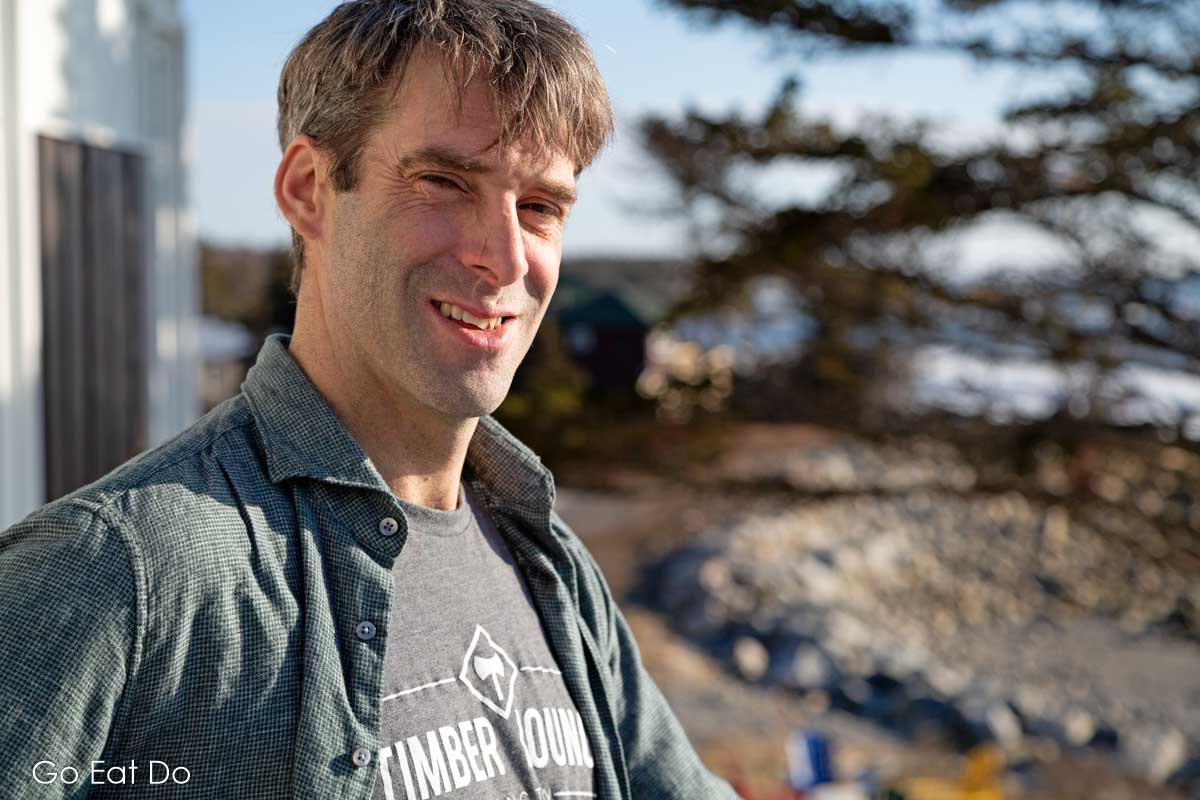
World log rolling champion
Darren competed as a professional log roller into his late 30s.
“You have to give 100 per cent. You have to eat, breathe, sleep and dream log rolling,” he says of a sport that requires speedy reactions, strength, speed, agility and outstanding coordination to become a winner.

Pursuing entrepreneurial goals prompted Darren to step back from active participation in the sport.
In 2012 he started operating the Wild Axe lumberjack camp at Barrington in Nova Scotia, giving people an opportunity to experience what it’s like to be a lumberjack for a day. That evolved into week-long camps involving logrolling, tree climbing, axe throwing as well as bushcraft skills providing pointers for surviving in the wilderness.

Canadian lumberjack
“I come from a family of five generations of loggers,” says Darren before explaining that meant working in the bush, bringing logs to the sawmill and processing them.
“I’m carrying on the legacy…in the form of promoting it for tourism, team building and allowing people who wouldn’t normally have the chance to get a taste of what it’s like to be a lumberjack and do it for a day with their friends,” he explains.

“It’s an opportunity to experience Canada and the vast, open wilderness and huge landscapes we have here,” says Darren. “I take a lot of joy in handing down these traditional skills, taught by lumberjacks throughout the generations, that may otherwise possibly be lost. Those pioneering skills are invaluable to today’s society.”

Lumberjack axe throwing
Darren also promotes lumberjack sports and is an entrepreneur in axe throwing. In 2016 he began operating the Timber Lounge axe throwing range in Halifax, Nova Scotia. Three years later he opened a branch of the business in Moncton, New Brunswick.
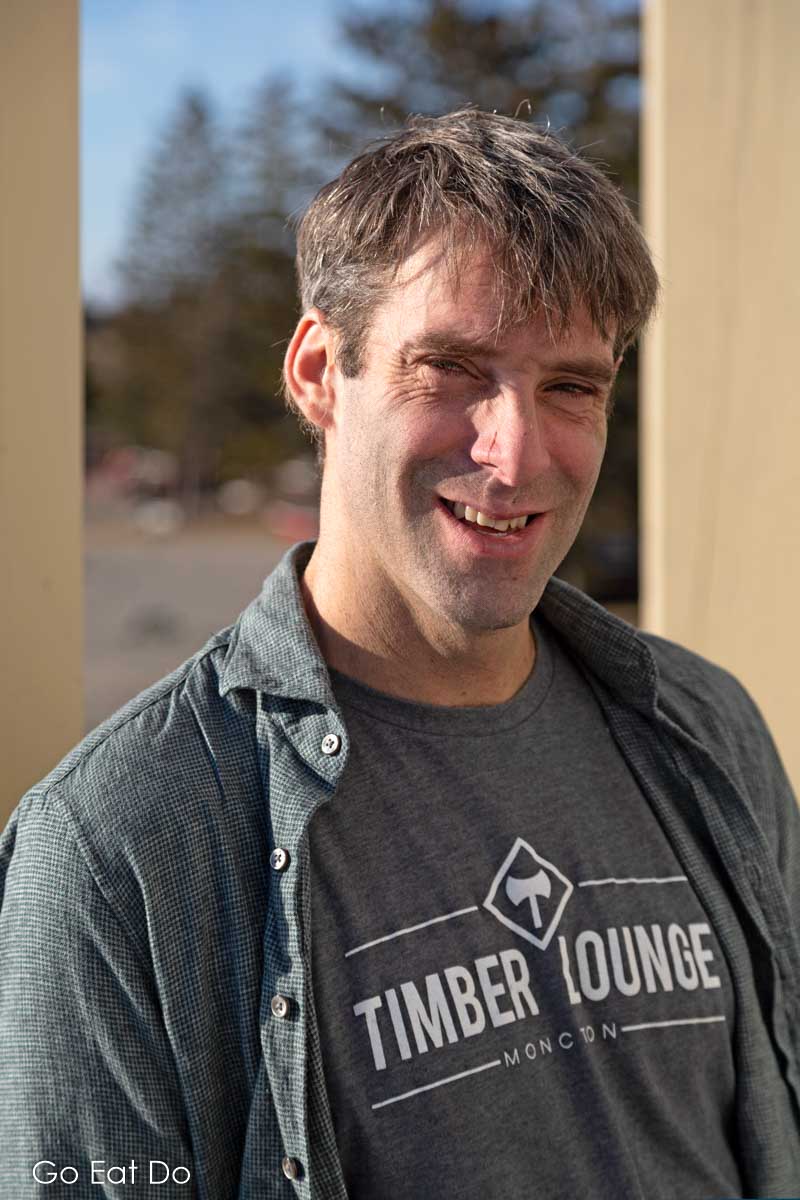
“I’m more accurate with an axe than I am with a dart. Darts are fickle, funny things that are lightweight. Axes have a longer, steady motion, so you’re able to control the toss a lot longer and guide it into the bullseye,” says Darren, who has twice competed for Canada in the World Championships of Double-Bitted Axe Throwing. The first time was in Munster in Germany. The second time was at Hallefors in Sweden.
“We’re throwing from 20 feet. It’s an easy motion to learn – it’s easier than throwing a baseball or a cricket ball – but to hit that bullseye is a lifelong pursuit. The funny thing is, it’s not about strength. People think about a lumberjack as a big burly guy in the forest. It’s not so much that, it’s more of a mental game. Your confidence level has to be there. If you’re overconfident it can destroy your game. You need to be in the zone,” explains Darren.
Axe throwing technique
“There are a few guys who do underarm and there are one-handed throws. But what we teach is straight down the centre line of the body. People who are able to visualise the bullseye, square up their shoulders, put two hands on the axe and look right at the bullseye can usually keep on target more consistently. Two-handed, straight overhead; that’s what we want to teach,” says Darren.
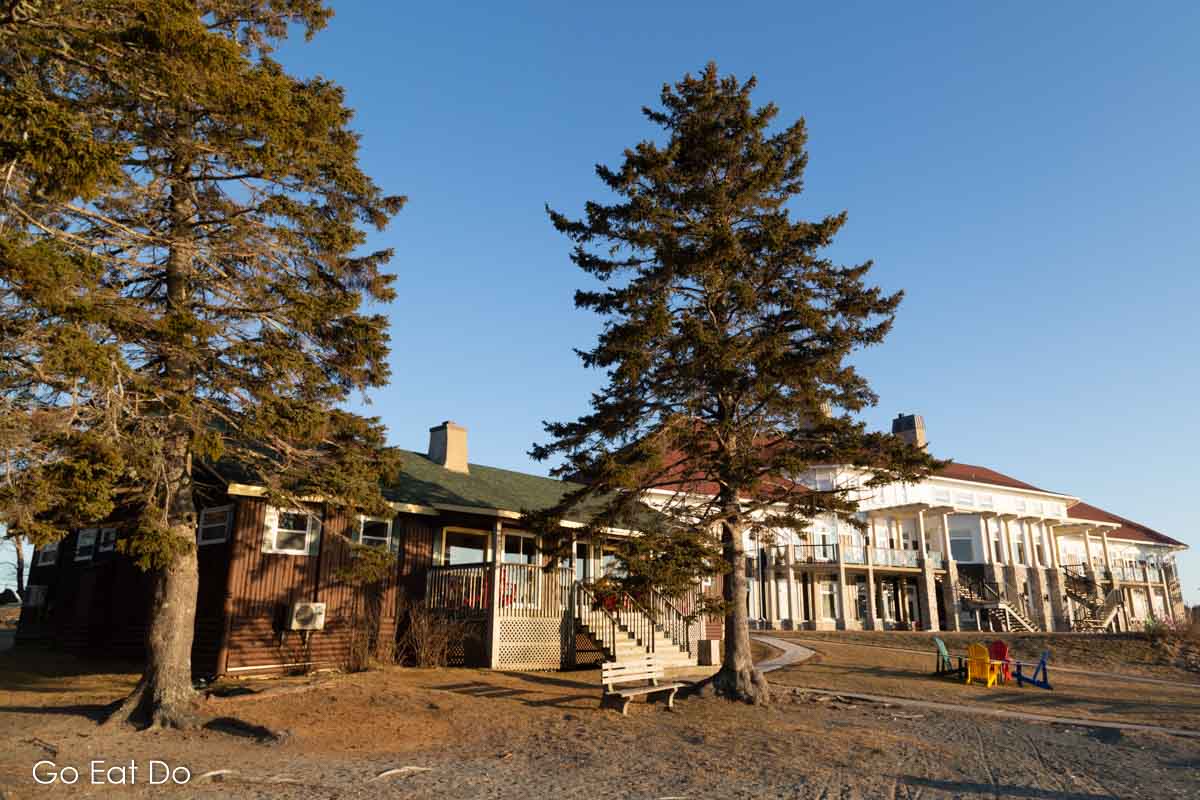
“This axe-throwing culture has emerged and we’re liberating people who never thought they could be a part of this. They’re discovering the joys and how much fun there is as a team-building event and self-confidence liberator,” he adds.
Axe throwing history
Humans have, of course, used axes since prehistoric times.
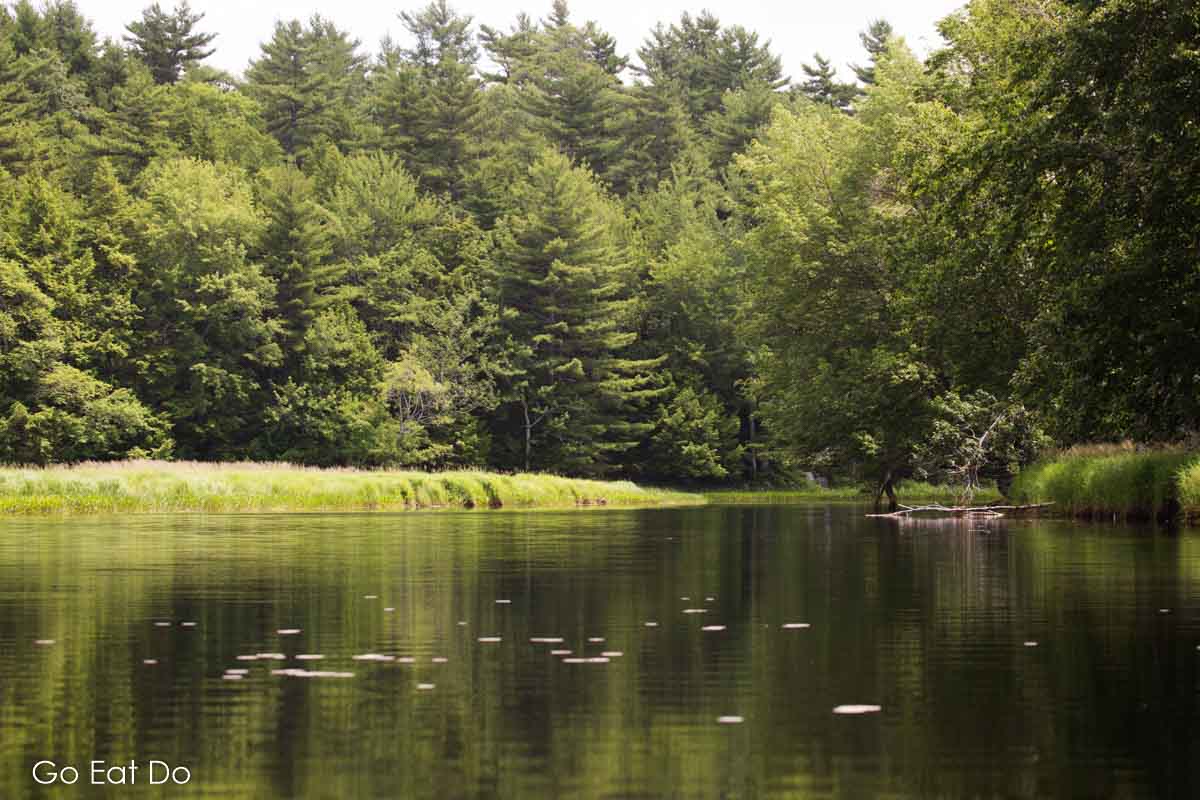
“It’s not that axe throwing is new. People are learning about this thing. The axe has been around eons as a tool. What else was more important than creating fire? What else would you use for it other than an axe? If you could build a house you could keep yourself warm,” muses Darren about the lengthy use of the tool.
“What we represent in the historical side of lumberjack sports is the traditional lumberjack, who would go into the forest cutting down trees. At the turn of the century and before the 1900s they would use an axe to fell trees. The axe and the saw were the primary tools that they would employ. Being in lumber camps, out in the woods, they would run out of things to keep themselves occupied,” he explains.
Lumberjack camp
“There would be the normal camp chores to keep themselves busy. Apart from eating, sleeping and working, they did get a bit of free time. They’d find an upturned stump and throw their axe at the centre bullseye. The reason would be recreation, to break up the drudgery of a dull day, or to wager for camp chores. They would throw axes as a test of skill to see who would have to do whatever,” adds Darren.
After evolving in the forest as a work-related skill, axe throwing evolved into the sporting world.
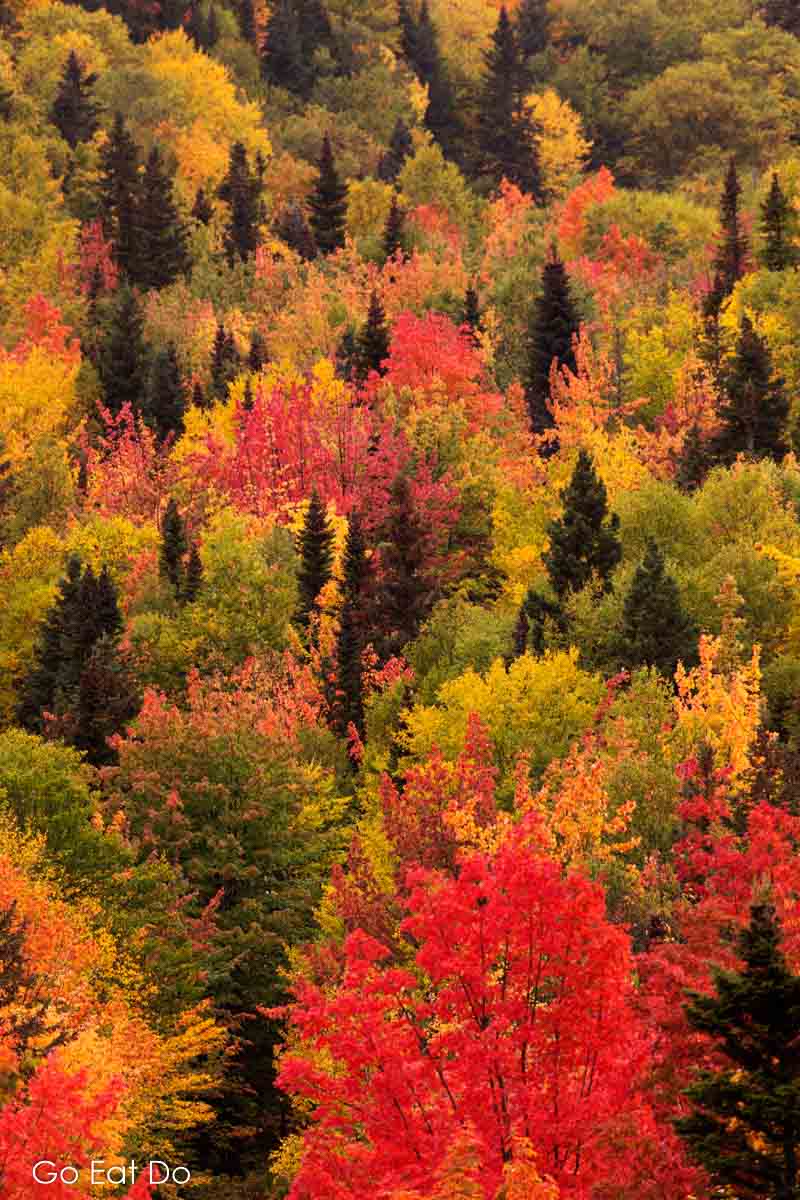
“You would have seen this occurring in the 1920s and very strongly in the 1930s in North America. Now it’s come to the forefront and we’re seeing the realisation of the power of this sport and how serious it is. Before, people didn’t realise the legitimacy of axe throwing as a sport. But it has all the aspects of sporting events: the mental, the physical, as well as the cultural ties. We are building that cultural movement that’s pushing the sport forward,” says Darren.
Lumberjack sport
Due to prevailing stereotypes, misconceptions about lumberjacks abound. Inevitably, not all sport bushy lumberjack beards, chequered shirts and tower-like redwood trees.
“This is a welcoming community and it’s very accessible. People are often intimidated, thinking it’s just for lumberjacks – a male-dominated sport where you have to be really, really strong. It isn’t,” says Darren.
“The most satisfaction from this sport is the liberating fact that you enjoy being able to accomplish goals of being able to throw an axe into that bullseye. Let me tell you, it’s way easier than you could ever believe,” he adds.
Have you tried axe throwing? In addition to Darren’s Timber Lounge axe-throwing venues in Halifax and Moncton, axe-throwing is available across the United Kingdom.
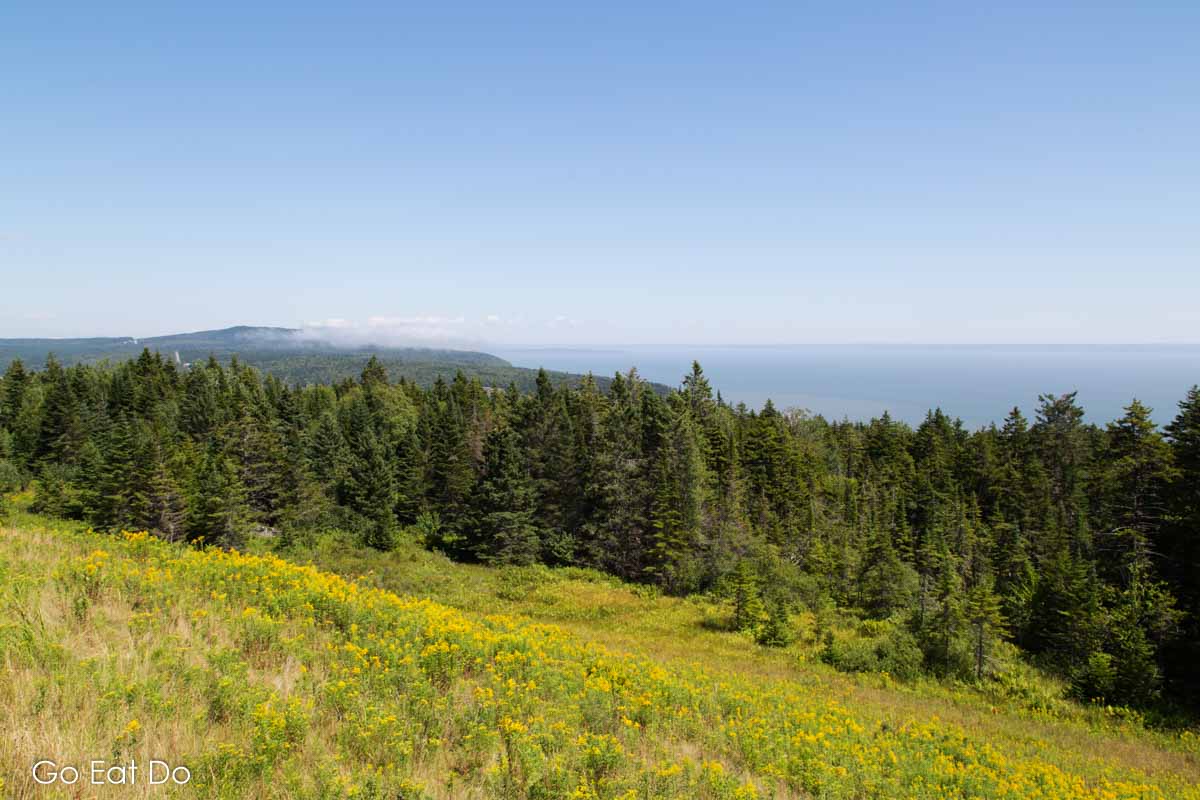
Axe throwing venues
Want to give axe throwing a go? Several axe-throwing businesses operate in Britain. They include:
Hatchet Harry’s, which has venues in Aberdeen, Glasgow, Liverpool, Newcastle upon Tyne and Nottingham
Tomahawk throwing is one of the activities offered at Moor House Adventure Centre at Houghton le Spring between Durham and Sunderland.
Whistle Punks operates axe throwing in Birmingham, Bristol, Leeds, London and Manchester.
Axeperience has premises in London
Bad Axe Throwing is located at Wembley.
Lumberjack by Lauren Jarvis
Lumberjack: Adventure is Calling – The History, The Lore, The Life is a book examining the life of lumberjacks by Lauren Jarvis.

“I’m lucky enough to have explored some of the world’s spectacular remaining woodlands. I wanted to know more about the ancient forests we’ve lost, why and how that happened, and the lives of the men who worked in those woods,” says Lauren about her reasons for writing Lumberjack.
“As I began to research the topic, it became far broader than I’d imagined. The book now goes way beyond lumberjack history and lore. It features today’s hugely popular timber sports events and interviews with contemporary lumberjacks and jills. There are sections on songs and films. And, of course, it looks at the evergreen lumberjack style, which has been adopted and adapted by every generation since Woolrich first developed the iconic Buffalo check shirt in the mid-1800s,” adds Lauren.
“I didn’t expect a book about lumberjacks to lead me to a photographer who toured with Nirvana, but one of J.J. Gonson’s iconic black-and-white shots of Kurt Cobain performing in a lumberjack shirt is in the book, alongside historical images of lumberjacks from the 1800s, statues of Paul Bunyan and of course, Monty Python,” says the travel editor of Breathe Magazine.
Logging and the environment
“Logging has indelibly transformed landscapes. Today it’s irrefutably contributing to the cataclysmic climate events we’re witnessing around the world, not least the devastating forest fires we’ve seen ravage parts of the USA, Canada, Australia, Russia and parts of Europe,” says Lauren.
“But good forestry practices can strengthen communities, rejuvenate cities, grow economies and help to combat climate change. It’s vital to look and learn from the past, and use that knowledge – and the often painful lessons – to move forwards in a sustainable, responsible way,” she adds.
“Once our old-growth forests are gone, they’re gone forever. The huge biodiversity they support is lost, too. Many are on indigenous land, so cultural and spiritual connections can also become irreparably broken. It’s irresponsible and misguided for governments and logging companies to be targeting old-growth forests for short-term profits when we know precisely the devastating long-term impact of chopping them down, and we have sustainable alternatives,” says Lauren before voicing concerns about ongoing logging at Fairy Creek on Vancouver Island.
“Lumberjacks clearing North America’s forests in the 1800s were working without the hindsight and scientific knowledge we have today. They didn’t know that one day humans could be battling to protect the last standing sequoia in a grove, or tying themselves to a giant Douglas fir – which could be the last of its kind – in a stand-off with a logging company. Many of us owe a huge debt to these hardy men and in some cases, women, who worked the forests and helped to develop the infrastructure and lifestyle many of us now enjoy. What’s important, now we have the facts, is to acknowledge them and change our actions accordingly,” adds the author of Lumberjack.
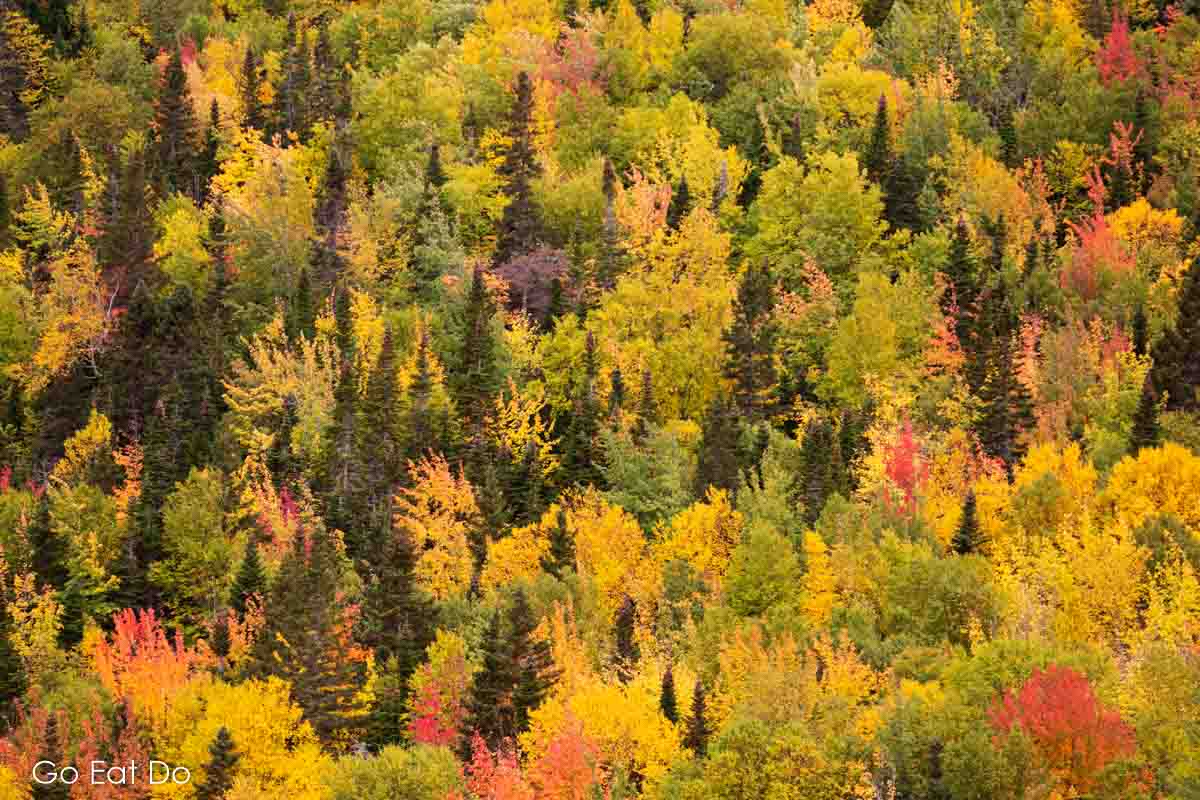
Books about Canada
Interested in Canada and Canadian heritage? You may find the following books interesting:
DK Eyewitness Canada travel guide to:


So You Want to Move to Canada, Eh? Stuff to Know Before You Go by

If you want to improve your axe throwing, you may find it useful to read The Perfect Throw: Mastering Accuracy in Competitive Urban Axe Throwing by Ryan Smit:

Further information
Visit the Destination Canada website to find out more about things to do and see in Canada.
Stuart Forster, the author of this post, is an award-winning freelance travel writer. His work on Canada has been published by Wanderlust, National Geographic Traveller and Rough Guides.
Thank you for visiting Go Eat Do and reading this interview with Canadian lumberjack Darren Hudson on axe throwing. Thinking about travelling to Canada? Take a look at posts such as exploring Nova Scotia beyond Halifax and 15 things to do in Winnipeg in winter.
If you enjoyed this interview, why not sign up for the free Go Eat Do newsletter? It’s a hassle-free way of getting links to posts on a monthly basis.
‘Like’ the Go Eat Do Facebook page to see more photos and content.




Kathryn Burrington
December 2, 2021 at 09:19I have to admit the first thing I thought when I saw Darren’s photo is ‘why isn’t he wearing a chequered shirt?’
Trying axe throwing has never crossed my mind but a week in that scenery sounds blissful!
Go Eat Do
December 2, 2021 at 10:52It’s a gorgeous location. Photographing Darren was great as he’s fun to be with and helps show that modern lumberjacks don’t have to fulfill those established stereotypes.